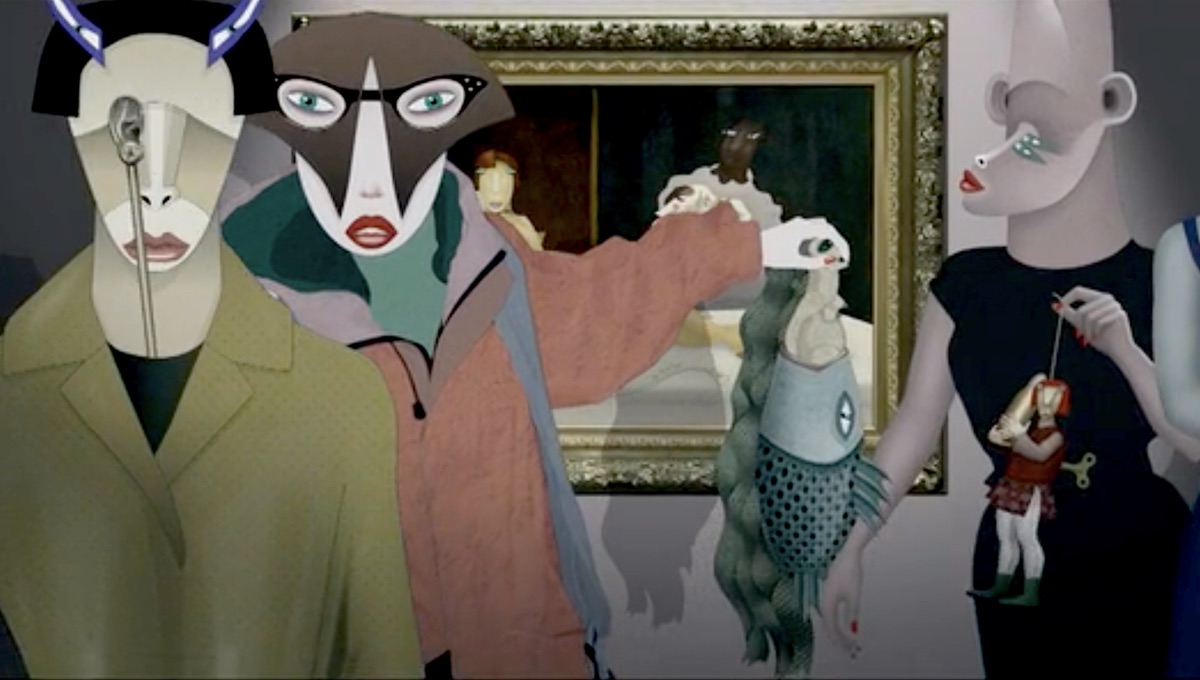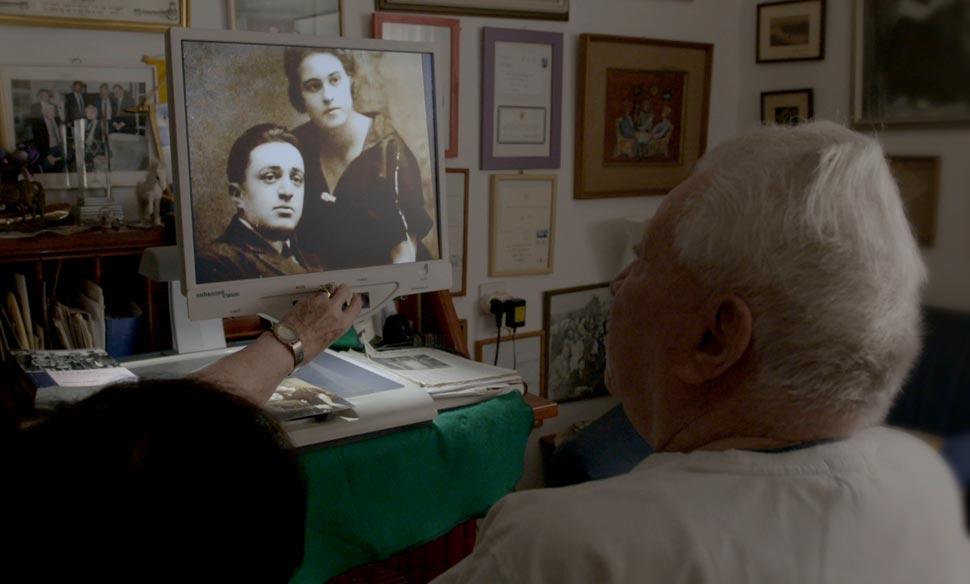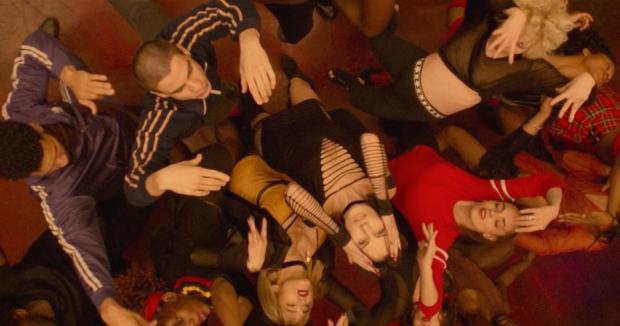Climax, Ruben Brandt, Collector, The Prince and The Dybbuk
Better clear your schedule—it’s a great weekend to go to the movies.
Gaspar Noé has been outraging and provoking international audiences on a par with Lars von Trier for the past 20 years, since the release of his first feature, I Stand Alone, about a butcher whose inability to deal with the modern world drives him to a paroxysm of violence. His subsequent features—Irreversible (2002), chronicling in reverse a brutal rape and the revenge it sparks; Enter the Void (2009), a dream-epic in which the spirit of a murdered drug dealer wanders the world; and the sexually graphic Love (2015)—have increased the reputation of the filmmaker, who was born in Argentina but works in France. His newest, Climax, is the first to have any kind of screening in Buffalo.
If you’re familiar with his oeuvre, you’ll get the wrong idea from the title. (It’s his first film to receive an R form the MPAA: The others all went out unrated.) Set in a single building, it begins with a dance sequence by a young urban troupe that has gathered here to rehearse. As it concludes, they celebrate with a party. But someone has drugged the sangria, and the spirit of comradeship is soon stripped away to reveal the ugliness lurking with these 20 souls.
Noé may have restrained his propensity to rub the ugliness of humanity in viewers’ faces here, but that’s relative: his premise, learned form parties of his own youth, is that given a little substance even the nicest people can turn into psychopaths. But if Climax is a horror film it’s an arty one, more concerned with finding cinematic ways of involving the viewer than in explaining what the viewer is watching. (A prologue sequence in which we watch audition tapes of the cast is seem on a television set perched between piles of film books and video tapes, allowing Noé to be explicit about all of his sources, primarily Dario Argento’s Suspiria.) It’s not for all tastes, but it’s certainly effective: An idea like turning the camera upside down for the finale sequence sounds simple, but bears surprising fruit. Opening this Friday at the Dipson Amherst.
***

Explicit as Noé’s references may be, they pale in comparison to those on display in Ruben Brandt, Collector, the feature debut of Hungarian animator Milorad Krstić, who has packed his frames with references and recreations of most of 20th-century art and a fair share of its cinema as well. The story is straight out of the swinging sixties (by way of Michael Powell’s infamous Peeping Tom): A young psychotherapist, Ruben Brandt, is so obsessed (for reasons he doesn’t understand) with a dozen famous modern paintings that he is compelled to steal them, with the aid of a team of international art thieves.
Their nemesis is an American agent with obsessions of his own: He lives in a room filled with knives used as movie props. One of many guessing games you can play as you watch is figuring out the actual movie the fake names labeling them are based on. An easy one: a straight razor from A Granadian Cat = Un Chien Andalou. Challenge your friends!
Krstić’s character designs are non-naturalistic—not many of the supporting cast has only two eyes—and I’d bet the rent that he watched Yellow Submarine a lot when he was a teen. (He was born in 1952.) It’s the kind of movie that, if you’re on its wavelength, you can probably watch over and over again, coming away from it exhausted, exhilarated or both. Opening Friday at the Dipson Eastern Hills.
***

Named Best Documentary at the Venice Film Festival, The Prince and The Dybbuk investigates the mysterious life of Michal Waszynski (1904-1965). Before World War II, Waszynski was the leading director of the Polish film industry, responsible for as much as 25 percent of the feature films made there. After the war he moved to Italy, passing himself off as a prince and living la dolce vita as an executive producer on Hollywood epics like El Cid, 55 Days at Peking, and The Fall of the Roman Empire. But he was born Moshe Waks in Ukraine, and his struggles with his true identity came out in his most famous work as a director, the 1937 production of The Dybbuk, from the Jewish legend of a evil spirit of a dead person that possesses a living person. Made with a cast of Yiddish theater performers, the film sparked Nazi propaganda minister Joseph Goebbels to new heights of invective against the Jews. To what degree Waszynski felt responsible for making things in Poland even worse for his people is one of the intriguing questions this documentary opens without quite being able to answer; his closeted sexuality is another. But filmmakers Elwira Niewiera and Piotr Rosolowski make what they don’t know intrinsic to their film, whose aura of mystery makes it fascinating viewing. They are helped immeasurably by atmospheric clips from The Dybbuk, a film that still exists but is sadly very difficult to see. Playing through the week (afternoon shows only) at the North Park.

